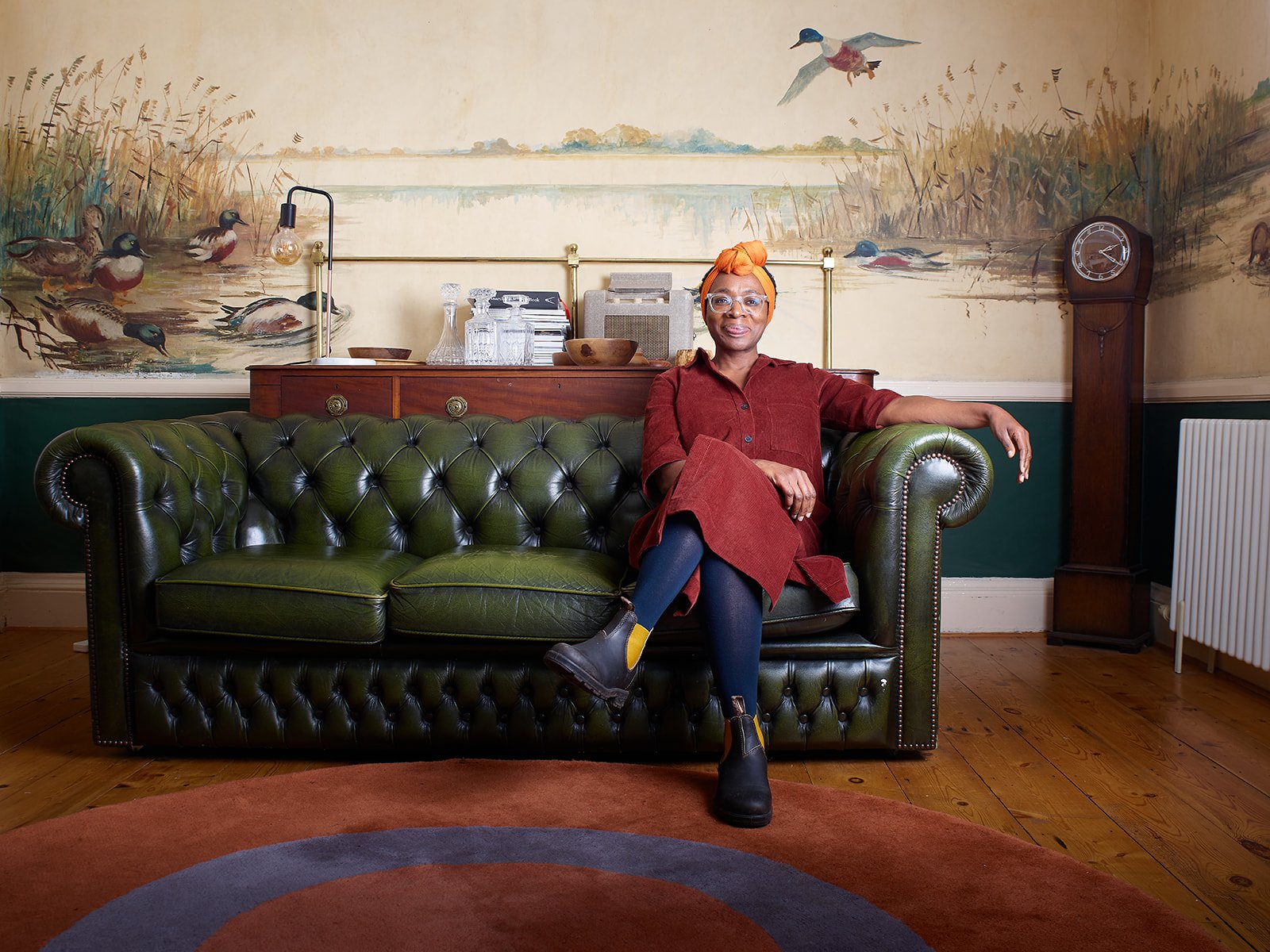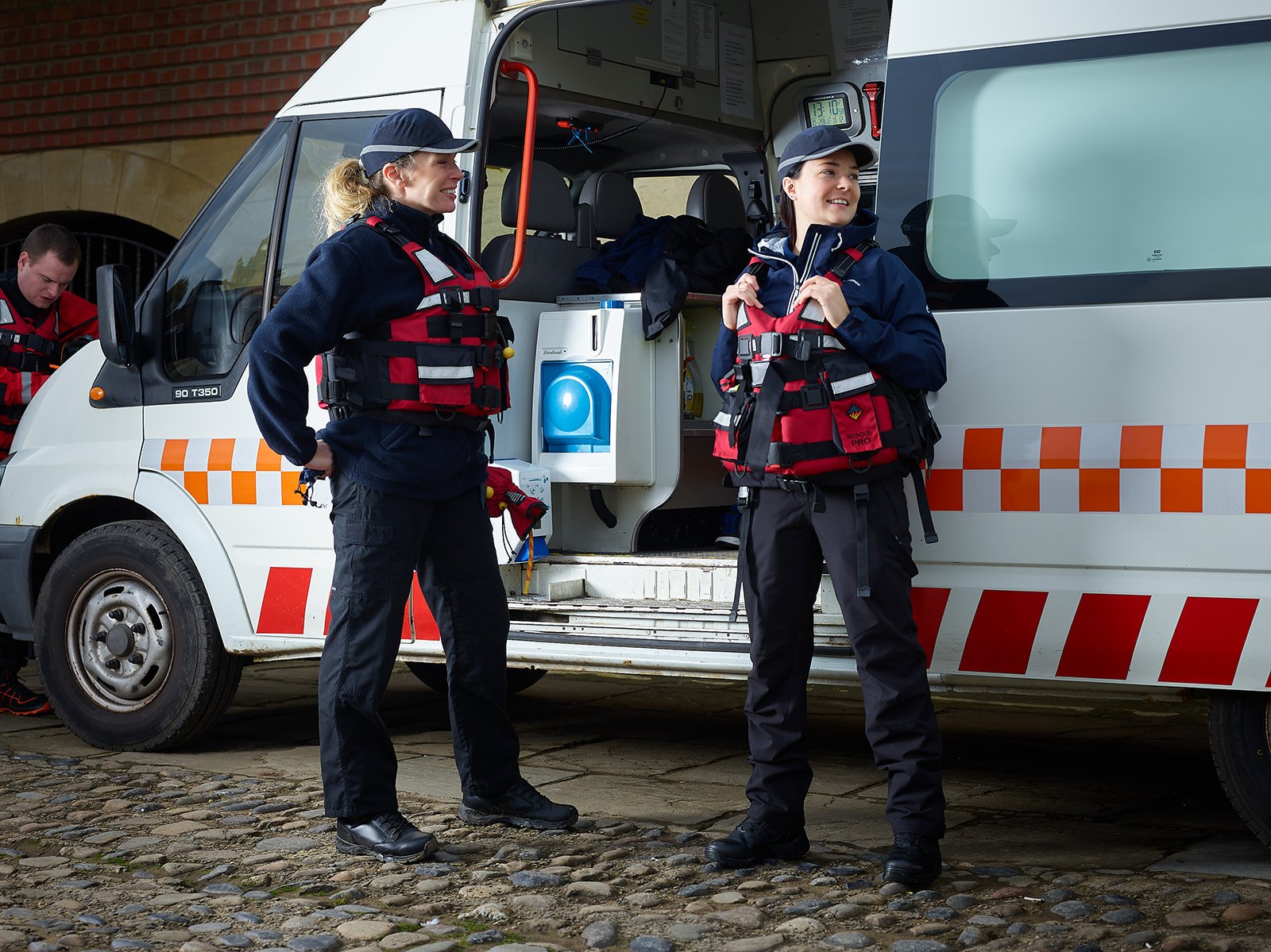what are the types of portrait photography and what is best for you?
Portrait Photography
what are the types of portrait photography and what is best for you?
There are many types of portrait photography, some of which I aim to write about below. The type of portrait required will depend on what the end user, the client, needs to actually use the images for. Perhaps it is to represent themselves as an author on the inside of a book cover, in which case a simple headshot works perfectly as it gets right to the point (all about the face and eye contact). If the context is an article about the work of an individual, then perhaps an environmental style portrait would be better, as it would allow a story to be told at the same time or at the very least put the subject more in context with their surroundings.
Camilla Balshaw, Writer. An example of an Environmental Portrait
Types of Portrait Photography
ENVIRONMENTAL PORTRAIT PHOTOGRAPHY
Environmental photography is an example of portrait photography that places the subject within their surroundings, within their ‘environment’. This is exactly the kind of photography that I love, as it enables me to add content to the person being photographed, to add to the story of who they are and why they are being photographed. Generally not shot in a studio, although there have been times when a studio / set is used to get the look and feel required. Generally these types of images are shot on location, using the workplace / surroundings / home that the subject feels most comfortable in, and that reflects who they are (in relation to what is being portrayed in the photograph) A classic example of this would be the image below, of the blacksmith David Butler photographed in his own workshop with forge behind.
David Butler - Blacksmith. An example of a Environmental Portrait
Headshot Portraits
Standard head and shoulders portrait, cropped fairly tightly with the face the key part of the image. Can be formal (or not), and the industry standard across the board. There is always a call for a standard headshot portrait, as it can be used for almost anything, especially in a business context.
Traditional Portraits
The classic portrait, mostly heads and shoulders (like headshots), with the subject looking directly at the camera, usually posed. Although there is still a massive call for this, most people opt for something a little less posed and formal. I would usually capture both a more traditional portrait as well as a range of others in a normal portrait sitting, unless the customer / client has specific requests.
Commercial Portraiture
I would consider commercial portraiture to be any portrait that is going to be used to represent someone in business, whether employee team images and headshots, through to strong and striking portraiture of business CEO’s, founders and leaders. Commercial portraiture can also be classed as business portraits, corporate portraiture, executive portraits or a mixture of terminology. I wrote more in detail about what is the purpose of a business portrait here, which also lists some of the subcategories and terminology around business and corporate portrait photography.
Commercial portraits also include headshots (which are a standard head and shoulders cropped photograph) used traditionally in the actor/acting world as standard. This is a whole genre on its own, and one that some photographers base whole careers on.
Commercial Portrait, in this case used to highlight key staff members in an Advertising Agency.
Editorial Portraits
Editorial portraiture describes any portrait photograph that will be used for editorial purposes, an example might be to a photograph that will accompany a body of text, whether printed in a newspaper, magazine or article. In print or online makes no difference, it is the intent. Editorial is to accompany a story, rather than directly promoting a brand, service or company. I have photographed quite a lot of editorial portraits, and more often editorial environmental portrait photographs.
Jasper Thompson - Help Bristol’s Homeless - Relaxed editorial portrait
Professional Portraits & High End Portraits
Commonly used to describe any portrait sitting where you are paying for photography services. To distinguish between what one might have (many years ago) considered ‘good’ and ‘bad’, which in reality is utterly ridiculous. Some of my favourite images of all time are candid, out of focus, grainy, badly cropped and framed - but have so much emotion. These days there are no ‘professional’ portraits, they are all just portraits. There is a time and a place for well exposed, well thought out and sharp photographs of course, but don’t lose sight of the story you want to tell, and the emotion you want to convey.
Professional portraits can also be broken down to another category which I see quite often, ‘high end portraits’. Again, what does this actually mean? It implies the cream of the crop, the most expensive, the top tier of professional portraiture. Annie Leibovitz would be a house hold name that would be classed as both ‘professional portraiture’ and ‘high end portraits’
Self portrait photographers
Although not a commercial offering, self portrait photographers have seen somewhat of a resurgence in the last few years and a new class of photography has come a bit more to the surface. Although people (not just photographers) have been taking self portraits for many years, it has been a genre of photography that has always been quite captivating and interesting. The way people photograph themselves can be very different to how the perceive themselves, or how others perceive them. It is a fascinating insight, and one I would really like to explore in the future. Like a lot of people, some of my own self portraits are very environmental in their approach, rather than being front and centre in the image.
Candid Portraits
A little dated term, but fundamentally any portrait photographed without the subject being aware they are being photographed. Street photography could be considered candid (often environmental) portraiture. Top tier and well known candid portraiture (and street photographers) include Henri Cartier-Bresson and my personal favourite Vivian Maier, a street photographer from America, born in 1926. Seeing her self portraits, found after her death, which she never shared with the world, or ever intended anyone to see totally changed my own approach to photography.
Reportage Portrait Photography
Reportage can be classed as using a picture to tell a story, or photojournalism. I would argue that most images should be telling some kind of story, or are telling a story, but I also understand that reportage is true ‘storytelling through photographs’.
Reportage portraits could be considered similar to candid in the way that there are more natural and non setup, but I would consider that most reportage portrait photography does require the subjects to know they are having their photo taken at the time. Reportage can be used as a term to describe photographing people in their workplaces just getting on with their work rather than posing for the shot. They know a photographer is present, but most likely not changing their behaviour to suit.
York Rescue Boat Team - Reportage style candid and informal portraits
York Rescue Boat Team - Reportage style candid and informal portraits
Other types of portrait photography
There are other types of portrait photography such as couples and family photography, as well as a whole genre of Glamour photography, which I won’t cover here as it’s not something we offer here.
Do you need new portraits? Get in touch today
If you would like to like to know how I can help you get portraits that truly reflect who you are, or your business, please get in touch today and we can work together to make sure you get exactly what you need.
PROFESSIONAL EDITORIAL AND COMMERCIAL PHOTOGRAPHER
PORTRAITS, ADVERTISING AND COMMISSIONS. 15+ YEARS EXPERIENCE
NORWICH / NORFOLK & LONDON
CLIENTS
COUNTRY LIFE MAGAZINE, OBSERVER MAGAZINE, GUARDIAN, OBSERVER FOOD, ENGLISH HERITAGE, DISCOVERY CHANNEL, THE BBC, BRITISH AIRWAYS, BARCLAYCARD, DISNEY, CBEEBIES, AVIVA, THE TELEGRAPH, THE TIMES, HUFFINGTON POST, THE MIRROR AND THE INDEPENDENT AND OTHER MAJOR PAPERS AND MAGAZINES. UK ADVERTISING AGENCIES & PR SPECIALISTS






